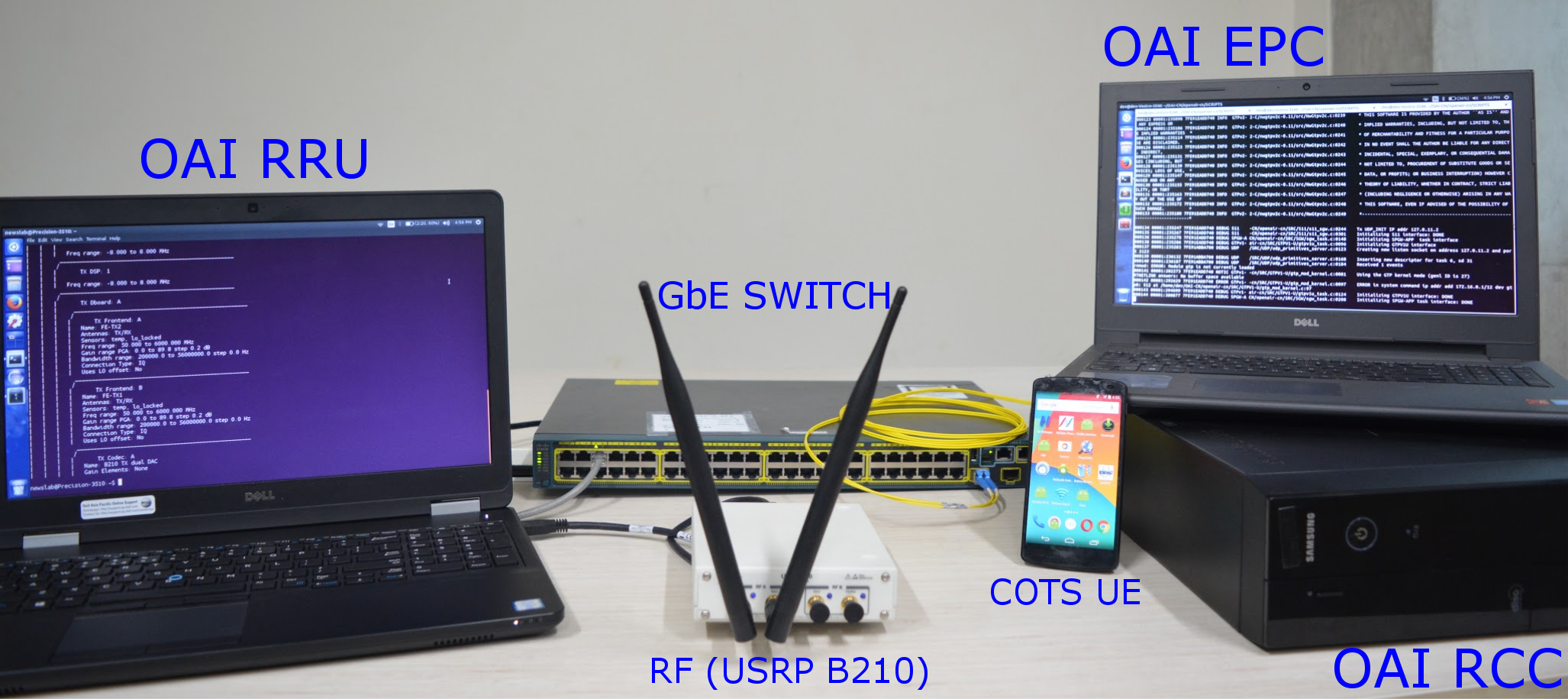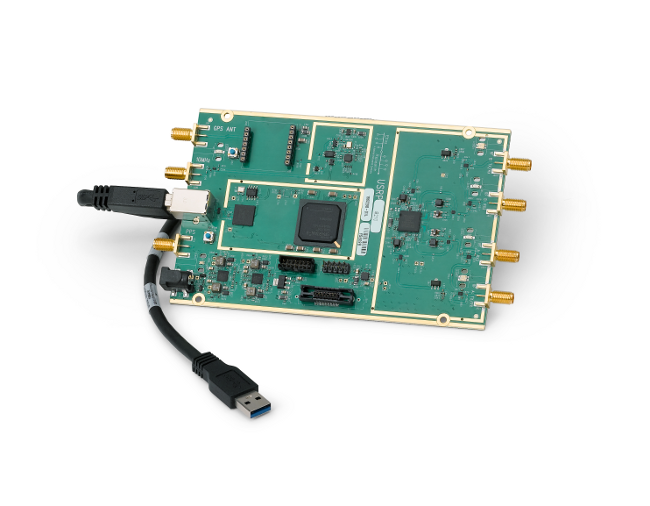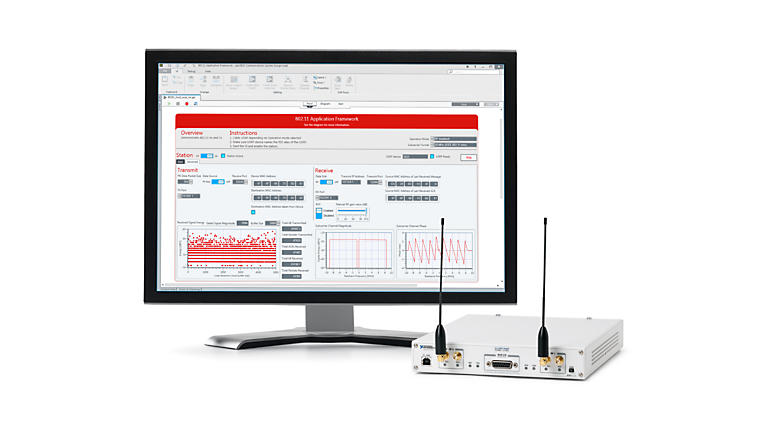LTE and Wi-Fi Coexistence in Unlicensed Bands
Due to the surge in usage of smartphones and tablets, there is an ever increasing demand for mobile data. One solution is to use unlicensed radio spectrum to meet user demand in wireless networks. The unlicensed spectrum can be used in two ways to meet user demand. One way is to use IEEE 802.11 based WLAN (aka Wi-Fi) for mobile traffic (e.g., LTE) offloading. Other way is to use LTE in unlicensed spectrum (LTE in Unlicensed). Use of LTE in unlicensed bands (e.g., 5 GHz) is better option because of unified network management and higher MAC efficiency of LTE than that of Wi-Fi. LTE in unlicensed can be achieved by adapting Carrier Aggregation (CA) feature of 3GPP, where at least one carrier is from licensed band and other is from unlicensed band. Unlicensed band is used to offload some of the best effort data traffic of users while the control information and QoS traffic are sent through licensed spectrum for more reliability and guaranteed service delivery.
Though there are benefits of using LTE in unlicensed, due to its ‘always on’ nature of operation, it affects the operation of other technologies in unlicensed spectrum such as Wi-Fi, Bluetooth and ZigBee which operate based on CSMA principle (aka Listen-Before-Talk, LBT) unlike LTE. To use unlicensed spectrum, LTE needs to fairly co-exist with Wi-Fi and other technologies out there. Hence, the new challenge in LTE/LTE-A is to make better use of unlicensed spectrum without affecting incumbent technologies of unlicensed spectrum. LTE-U forum came up with LTE-U technology for non-LBT countries like USA and India. 3GPP is currently working on standardizing LTE operation in unlicensed bands as Licensed Assisted Access (LAA) from release 13 onwards. LAA is meant for LBT markets like Europe and Japan. At NeWS lab @ IITH, we are working towarss addressing various issues and challenges in realization of LAA.
Some of the research problems are given below:
| Problem | Description |
|---|---|
| Channel Access Scheme: | A better channel access scheme is needed in uplink as well as downlink which will share the medium fairly and use the spectrum efficiently. LBT Cat-4 is a good channel access scheme but in that adaptation of CWS (Contention Window Size ) is an important issue. It can be done based on received ACK/NACK or based on observation of busy and idle slots at the LTE eNB. A proper channel access scheme is necessary for UL and DL in LAA so as to share spectrum among different technologies and among different operators fairly. |
| Transmission Power Control and Interference Management: | In Unlicensed band, because of more number of cells interference problems will arise. To reduce interference and improve the system performance in LTE, we have ICIC and e-ICIC mechanisms but now in unlicensed two different RATs need to co-operate with each other to improve overall system performance. Inter-RAT coordination and interference management system is not there yet, for coexistence mechanisms and interference avoidance between LAA and Wi-Fi. |
| Enhancing LTE-U Coexistence mechanism, CSAT: | CSAT (carrier sensing adaptive transmission) channel access scheme in LTE-U is affecting Wi-Fi in many ways like Wi-Fi performance decreases (Rate Control Algorithms), Power save mechanism affected (STA's wake up for Beacon), Qos Traffic in Wi-Fi (time/delay sensitive data) affected. One needs to enhance CSAT further for fair coexistence. |
| Intelligent traffic offloading: | In LAA, eNB has to take decision regarding offloading traffic from licensed to unlicensed. That is which user and which type of traffic to offload and at what time. Intelligent offloading algorithm is needed to improve overall system performance. |
[J1] Anand M Baswade, Touheed Anwar Atif, Bheemarjuna Reddy Tamma, and Antony Franklin, "A novel coexistence scheme for IEEE 802.11 for user fairness and efficient spectrum utilization in the presence of LTE-U", Elsevier Computer Networks, vol. 139, pp. 1--18, July 2018. [ Accepted Version ] [ DOI Link ]
[J2] Anand M Baswade, Touheed Anwar Atif, Bheemarjuna Reddy Tamma and Antony Franklin, "LAW: A Novel Mechanism for Addressing Hidden Terminal Problem in LTE-U and Wi-Fi Networks ", IEEE Communications Letters , Vol. 22, pp. 1280-1283, June 2018. [Accepted Version ][DOI Link]
[J3] Anand M Baswade, Touheed Anwar Atif, Bheemarjuna Reddy Tamma and Antony Franklin, "On the Impact of Duty Cycled LTE-U on Wi-Fi Users: An Experimental Study ", In Proceedings of Lecture Notes in Computer Science (LNCS) , Chapter 9, LNCS 11227, Springer, 2019.[ Accepted Version ][DOI Link]
[J4] Touheed Anwar Atif, Anand M Baswade, Bheemarjuna Reddy Tamma, and Antony Franklin, "A Complete Solution to LTE-U and Wi-Fi Hidden Terminal Problem ", IEEE Transactions on Cognitive Communications and Networking, June, 2019. [Accepted Version ][DOI Link]
[J5] Ajinkya Mulay, Anand M Baswade, Bheemarjuna Reddy Tamma, and Antony Franklin " DFC: Dynamic UL-DL Frame Configuration Mechanism for Improving Channel Access in eLAA ", IEEE Networking Letters, June 2019. [ Accepted Version ] [DOI Link]
[C1] Anand M Baswade, Kiran MR Shashi, Bheemarjuna Reddy Tamma, and Antony Franklin " On Placement of LAA/LTE-U Base Stations in Heterogeneous Wireless Networks " in Proceedings of the 19th International Conference on Distributed Computing and Networking, 2018.
[ Accepted Version ][DOI Link][Presentation][C2] Anand M Baswade, Touheed Anwar Atif, Bheemarjuna Reddy Tamma, and Antony Franklin, "LTE-U and Wi-Fi hidden terminal problem: How serious is it for deployment consideration? " in Proc.of 10th International Conference on Communication Systems & Networks (COMSNETS), 2018.
[ Accepted Version ][DOI Link][Presentation][C3] Anand M Baswade, MR Shashi Kiran, Bheemarjuna Reddy Tamma, and Antony Franklin, " On placement and efficient resource allocation of LAA/LTE-U base stations in HetNet "in Proc.of ANTS , 2017.
[ Accepted Version ][DOI Link][Presentation][C4] Anand M. Baswade, Vanlin Sathya, Bheemarjuna Reddy Tamma and Antony Franklin, " Unlicensed Carrier Selection and User Offloading in Dense LTE-U Networks ", in Proc. of IEEE Globecom Workshop on Emerging Technology for 5G Wireless Cellular Networks , December 2016. [Accepted Version] [DOI Link][Presentation]
[C5] Anand M. Baswade, Luca Beltramelli, Bheemarjuna Reddy Tamma, Antony Franklin, Mikael Gidlund, and Lakshmikanth Guntupalli " Modelling and Analysis of Wi-Fi and LAA Coexistence with Priority Classes ", in In the in the 14th International Conference on Wireless and Mobile Computing, Networking and Communications. (Wimob) , Oct 2018. [Accepted Version] [DOI Link][Presentation]
[P1] Mohit Kumar Singh, Anand M Baswade, Bheemarjuna Reddy Tamma , and Antony Franklin, " Wi-Fi User's Video QoE in the Presence of Duty Cycled LTE-U " in Proc of the 24th Annual International Conference on Mobile Computing and Networking,2018.[Accepted Version] [ DOI Link ][Presentation]
[P2] Anand M. Baswade,. and Bheemarjuna Reddy Tamma. " Channel Sensing Based Dynamic Adjustment of Contention Window in LAA-LTE Networks " in Proc. of Communication Systems and Networks,(COMSNET)January 2016 .[Accepted Version][ DOI Link ] [Presentation]
R&D Equipment:
Testbed Setup



